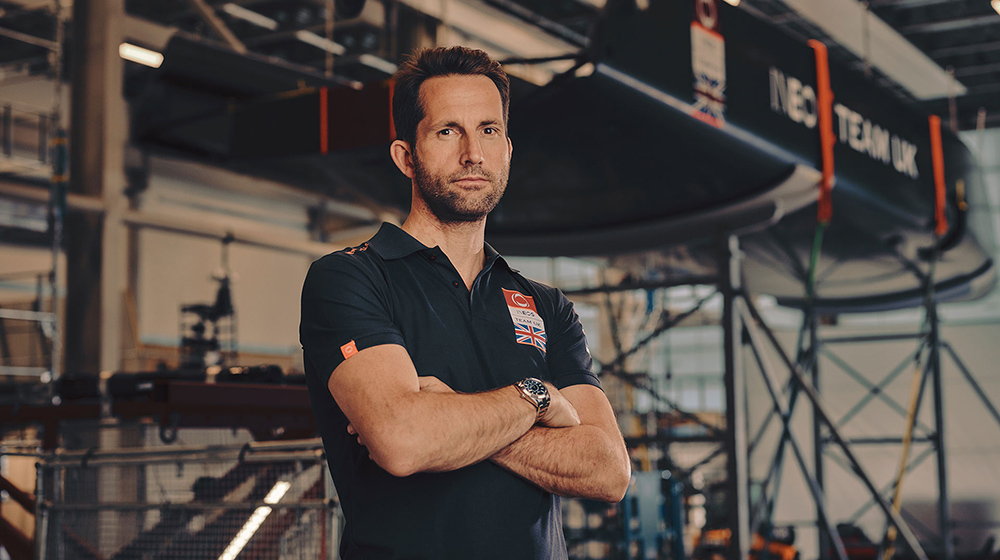
Luffing and tacking: what it is, techniques and tips
Both luffing and tacking are actions aimed at changing the direction of the boat, but they are used in different situations and require different techniques and skills on the part of the skipper and crew. We tell you about them in detail.
What does luffing and tacking mean in sailing and their differences?
Both terms have to do with the wind and the balance of any vessel. It is important to know them when sailing, but especially in sailboats, since safety depends on it. In short, it is the gesture of moving the rudder to one side or the other.
Luffing and tacking are directly related to windward and leeward, so you will need to be familiar with these concepts.
Heading up (luff)
This is the name given to the maneuver of going upwind, i.e. bringing the bow to windward (where the wind comes from). The main function of this movement is to reduce speed, but keep in mind that if you luff too much the boat may stall or even tack.
Bearing off (tack)
It is the opposite. It is to bring the bow to leeward, letting the wind carry us away from the wind. In other words, the opposite maneuver to luffing. Keep in mind that it is the wind that "drives" our boat, so we must be aware that if the wind changes, we can move abruptly, changing sides, for example.
The main difference between luffing and tacking is the direction of the wind. The former is going against the wind (head to windward) and the latter is going with the wind (head to leeward). A priori, while you are on the arrival maneuver you will have to go much faster. However, this can be a negative thing as we can lose steering more easily.
In short, when luffing, we will close the sails to the wind by pulling in the sheets, while, when reaching, we will open the sails to the wind by releasing the sheets.
Luffing and tacking techniques in different situations
In case the sailboat luffs, the headsail will have to be reduced in size so that the center of the sail will be shifted towards the stern. The most recommended techniques in these cases are as follows.
- Curl-taking technique: by means of the curl-taking technique (piece of braid used to control the sails) we reduce the size of the mainsail.
- Furling the mainsheet: to furl is to open the sails to the wind by "letting out" from the sheets.
- Cunnigham and bowtie techniques: both serve to modify the sail tension.
On the other hand, when we are faced with the case that the sailboat tacks, the ideal is to decrease the size of the mainsail so that the center of the sail is shifted towards the front of the boat, i.e. the bow. In this case, we could either decrease the headsail or increase the size of the mainsail. For us, the ideal technique when reaching would be to regulate the wind pressure on the sail by hunting the mainsheet.
Thanks to these techniques of luffing and tacking, we can classify boats according to their tendency:
- Burning boat: It has a predisposition to luff, while we reduce the size of the mainsail to control it more easily.
- Soft boat: Contrary to the burning boat, its predisposition is to tack and the ideal will be to do the opposite maneuver that we do in burning boat. In this case, we must reduce the size of the headsail and increase the mainsail size.
Factors or hazards to be taken into account during the maneuver
The speed
A very frequent error when performing the maneuver is not having enough speed at the beginning of the maneuver. For the rudder to respond, it is necessary for the boat to have a good water current to make it easier and more effective.
Therefore, when luffing, the maneuver must be firm and calm to go in coordination with the movement of the sails.
Looking to windward
When we start any maneuver on a sailboat, such as luffing and landing, it is crucial to look to windward beforehand, to know if we have enough space to perform any maneuver we want to do.
Communication
Another factor to keep in mind when sailing with a crew is to always communicate any maneuver you are going to do before you do it. It is important that everyone is communicated to prevent accidents.
It is possible that when we are sailing, we run into a very strong gust of wind unexpectedly and our sailboat gets out of control as it suddenly starts to luff. In that case, what we have to do is to regain control as quickly as possible through the rudder, holding it firmly. In addition, we would have to let go a little of the mainsail sheets. After this, it would be wise to look for shelter downwind.
Tips to improve your skills
The following tips will be useful to keep in mind when practicing luffing and landing maneuvers, but they are also applicable to other types of practices:
Maximum concentration
It is very important, if not essential, that when you are sailing you keep your concentration as high as possible. Knowing and being aware of everything that is going on around you is essential. Try to understand what is happening instantly while sailing, know how to read the wind, waves, weather ... to make the right maneuvers at the right time and overcome any difficulty.
Practice as much as you can
To improve your sailing skills, we could recommend different sailing courses or studies, as it is always important to be updated and aware of all the news that may be coming out in the subject of sailing. However, there is nothing better than practice. That is why the most advisable thing to do is to go sailing, anywhere and in any conditions (as long as it is safe) to adapt to all possible scenarios. There is nothing better than experience, do as much research and travel as many miles as possible on your sailboat and practice all these maneuvers, they will end up being perfect.
Regattas could be a perfect example and experience for this, as you are also under pressure and will have to perform many maneuvers while sailing. There are many local and regular regattas in which you can sign up and practice luffing and landing maneuvers.
Control and support the crew
Help and protect yourself from your companions, but above all establish an order and rules for your crew members. On many occasions we will need their help and they must have clear what to do in case of any kind of problem so that they can act as quickly as possible.
Another case that we might encounter is the fact that we need to perform some maneuver or any movement related to the weight. You can take advantage of those who accompany you to maintain stability in case of strong gusts of wind and this is why it is important to remember that most of the time we are not alone in the boats, and any help will be welcome.
You already know the differences between luffing and tacking, as well as different tips and techniques to practice it.













_v2.svg)
_v2.svg)









_v2.svg)


